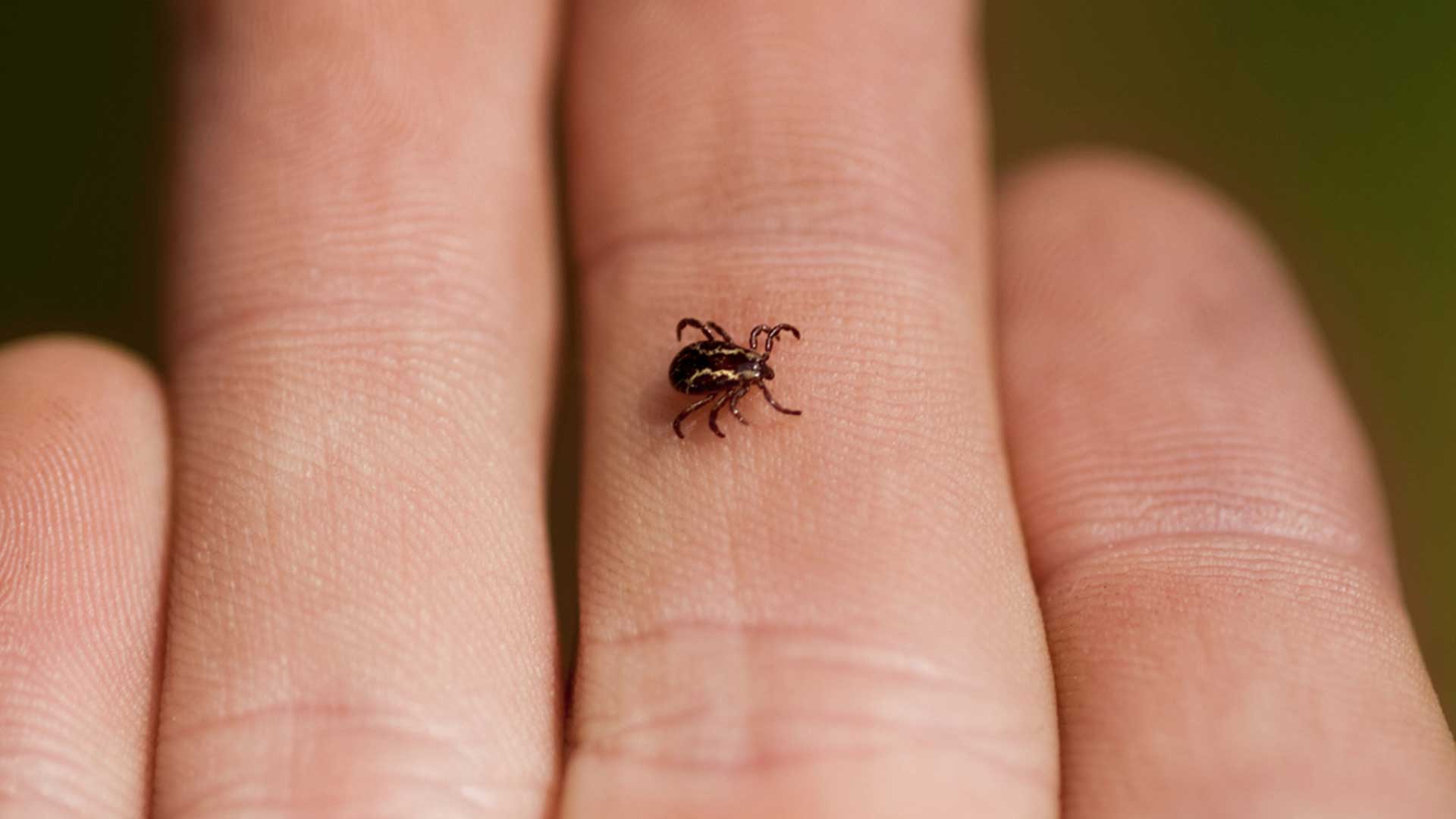Tick Facts & Information
Tick Overview
Ticks are small arachnids that play a significant role in various ecosystems while also posing potential health risks to humans and animals. These parasitic creatures are known for their blood-feeding behavior, attaching themselves to their hosts with specialized mouthparts. Ticks are found in a wide range of environments, from forests and grasslands to urban areas, and they thrive in regions with high humidity. They are vectors for various diseases, such as Lyme disease and Rocky Mountain spotted fever, making them a concern for public health. Understanding the biology and behavior of ticks is essential for effective tick control and prevention strategies, as well as for managing the risks associated with tick-borne illnesses.
What do Ticks Look Like?
Ticks come in a variety of species, but they share some common characteristics in their appearance. Typically, ticks are small arachnids with a flattened, oval-shaped body. They range in size from as small as a pinhead to larger species that can be as large as a fingernail when fully engorged with blood. Ticks have four pairs of legs, which distinguishes them from insects that have only three pairs. Their coloration can vary, with some ticks being reddish-brown, while others are darker shades like black or gray. Ticks also have a tough, leathery exoskeleton that provides protection and a shield-like appearance. Notably, when ticks are feeding on a host, they become engorged and may appear swollen and more rounded. These distinctive features make ticks recognizable and important to identify for both healthcare professionals and individuals seeking to prevent tick-borne diseases.

Not the pest you are looking for?
Check out our pest library to see what other pests we have articles on
Tick Pest Control
Tick pest control involves a range of strategies aimed at reducing tick populations and minimizing the risks associated with tick-borne diseases. These strategies include environmental management practices, such as clearing tall grasses and leaf litter in residential areas, creating tick-free zones, and reducing wildlife habitats that can host ticks. Additionally, chemical control methods, such as the use of tick repellents, acaricides (tick-killing chemicals), and treating pets with tick-preventive products, play a crucial role in reducing tick infestations. Regular tick checks on humans and pets, along with prompt removal of attached ticks, are also essential components of tick pest control. Overall, an integrated approach that combines environmental measures with the use of tick-control products is most effective in managing tick populations and lowering the risk of tick-borne diseases.
Tick Resources
A Guide to Tick Prevention in Your Yard: Top Strategies & Tips
Tick Attachment to Their Hosts: A Comprehensive Guide
Tick Habitats and Prevalence: Where are Ticks Commonly Found?
Tick Reproduction: Life Cycle, Influences, and Environmental Impact
Tick Species Diversity: Exploring the Different Kinds and Their Impact
Tick-Borne Diseases: Comprehensive Guide to Risks, Prevention, and Treatment

